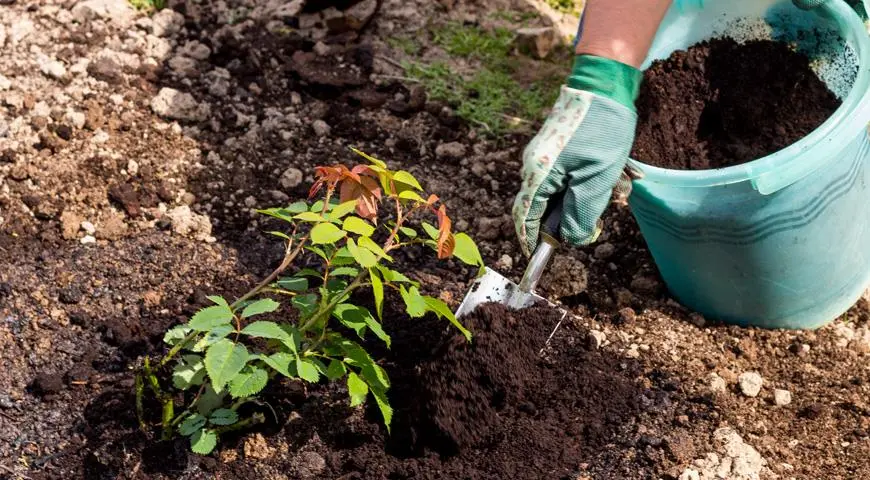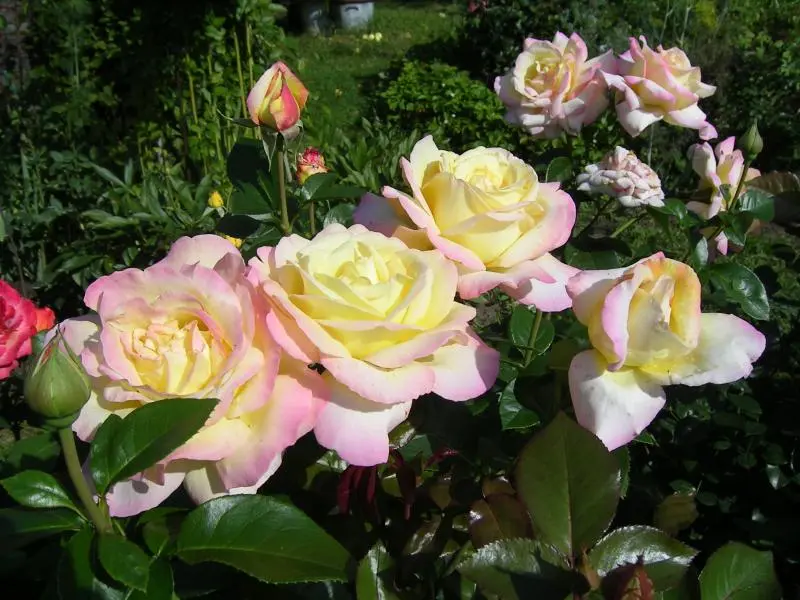Contents
The rose has always been considered the queen of the garden. There is probably no grower who would not strive to grow these beautiful flowers on his site. However, roses are whimsical, and their cultivation is not always successful – either they freeze out, or they do not take root at all. When to plant roses: in autumn or spring? This controversial issue is relevant not only for beginner gardeners, but also for quite experienced ones. The thing is, there are no set deadlines. It is possible to plant roses both in spring and autumn, it all depends on the climate, planting option, rose variety and other factors.
When to plant
Planting roses is possible at different times: in autumn, in spring and even in summer. Shrubs with a closed root system, grown in containers or pots, can be transplanted into the ground throughout the warm season. As for seedlings with an open root system, they should be planted in spring or autumn. Each of the time periods has certain advantages and disadvantages. In addition, it is necessary to take into account the climate of the region where roses are planted, and plant in accordance with its characteristics.
Autumn planting is acceptable for southern territories with mild and short winters. Planting young bushes in these regions, you can not worry that they will freeze. However, there is a catch here too. It may happen that the winter will be very warm or the constant cold will be late, and then the planted bush will grow, which will most negatively affect its wintering. There are positive aspects in the autumn planting – this is sufficient humidity of the air and soil. In autumn, the temperature gradually drops and it often rains, which eliminates the need to water the plants and make sure that they do not overheat.
Planting roses in the spring ensures that the seedlings do not freeze from severe frosts, and nothing will interfere with their rooting. The danger is, perhaps, night frosts, but plants can be sheltered from them for the first time.
The downside of spring planting is that the air temperature is rising rapidly and the soil is warming up, so the plants need frequent watering and shelter from the sun. Planting in early spring does not solve this problem either, since in March or early April the ground is still frozen, and roses need to be planted in completely thawed and warmed soil.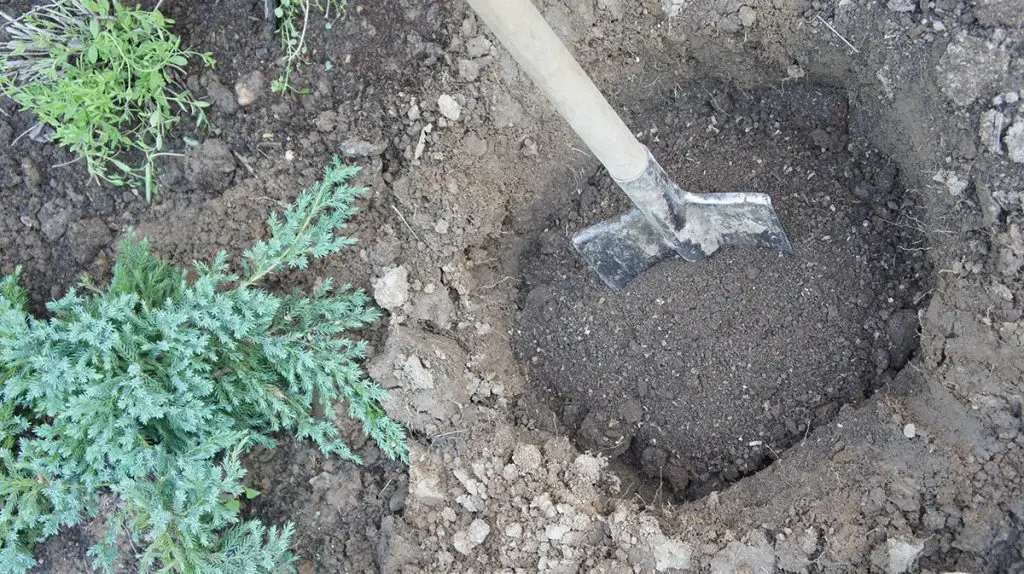
And yet, many flower growers choose spring time for planting. Plants are planted in open ground as soon as the soil warms up to +10 ° С (April – early May). The exact time depends on the climate of the region, but it is necessary to land before bud break. In spring, it is recommended to plant roses in mountainous areas, where sudden changes in temperature often occur.
Spring is the right time to plant standard roses, as the flowers of these varieties do not tolerate autumn planting very well, and the cold in general. It is also preferable to plant climbing roses in spring, but ground cover varieties can be planted both in spring and autumn. Given all the pros and cons of planting periods, unequivocally answer the question: when is it better to plant roses? – it is very difficult, therefore, one should accept the fact that both options are applicable in practice, and which one to choose, decide for yourself, based on external factors.
Video “Planting bushes in spring”
From the video you will learn how to plant bushes in the spring.
Preparation of seedlings and soil
At first glance, it may seem that there is nothing complicated in planting roses. The landing process itself is really simple if all the preparatory work is done in advance. Preparing roses for planting consists of several very important steps:
- Site selection. Roses need a lot of sun and air space to successfully develop and bloom, so the best option for planting is an unshaded spacious plot of land away from tall plants and trees.
 They do not like excessive humidity, and if it is not possible to plant bushes on a small hill or slope, the plants should be provided with good drainage.
They do not like excessive humidity, and if it is not possible to plant bushes on a small hill or slope, the plants should be provided with good drainage. - Soil preparation. The rose is also demanding on the soil. She prefers loose and fairly fertile soil with a large layer of organic matter. The best option is loamy soil mixed with humus, compost and mineral fertilizers. Before planting, the site must be well dug up, cleaned of debris, fertilized. If the soil is too heavy, it is necessary to add coarse sand, peat to it – these components will improve its properties. Planting holes are dug 2 weeks before planting – this time is necessary for the soil to compact and interact with fertilizers.

- Seedling preparation. If the plants were purchased from a nursery, then most likely the roots have dried up. To revive them, seedlings are placed in water for a day. Instead of water, you can use a stimulating solution. Experts recommend soaking the roots in a mash of clay and mullein before planting (2 parts of clay and 1 part of mullein are diluted with water to the consistency of sour cream). The bush itself must be cut to a length of 30 cm, remove all thin shoots with secateurs, leaving 2-4 of the strongest.
For planting roses, it is desirable to choose a fine day. Plants should not be planted immediately after rain or in hot weather.
Planting seedlings
In the spring, roses are planted in the ground when the threat of night frost has passed, and the soil has thawed and warmed up enough. Planting holes should correspond to the size of the rhizome, but if they are dug out even before the acquisition of seedlings, then the dimensions of 50x50x50 will be optimal. When group planting, it is necessary to observe the distance between the bushes, which depends on the varietal characteristics of the rose:
- for bushy park roses, the recommended distance is 1 m;
- for tea hybrids – 60-75 cm;

- for Floribunda or Polyanthus roses, a distance of 30-50 cm is recommended, depending on the size of the bush.
If the pits are prepared in advance, then they only need to be watered before planting, you can also add a handful of wood ash. Then the seedling is placed in a hole, the roots are straightened and covered in layers with earth, periodically tamping each layer – this is necessary so that air cushions do not accidentally form in the soil.
It is very important that the roots in the pit are located freely, since in cramped conditions it will be more difficult for them to take root.
After planting, the ground around the seedling is rammed, the planted rose bush is watered, after which a hill of dry earth 15-20 cm high is poured at the base of the roots.
Flower hilling
Regardless of what time of the year a rose is planted, immediately after planting, the young bush must be spudded. This procedure greatly contributes to the rooting of the seedling, as it stimulates the formation of additional roots. If the plant is planted in autumn, then hilling will protect the weak root system from frost, if in spring, then a high layer of soil will protect the roots from overheating.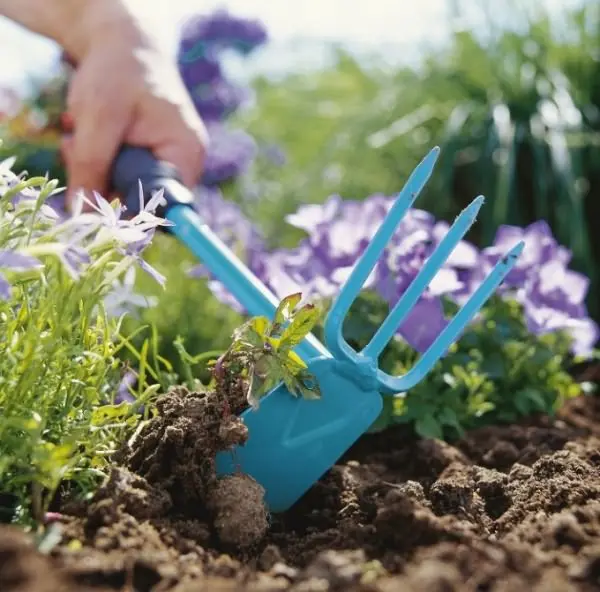
When planting in the autumn, the bush is unraveled in the spring, when the weather becomes consistently warm (there will be no threat of night frosts). If roses are planted in the spring, then it will be possible to open them only when young shoots begin to grow on the bush. In any case, there is no need to rush. It is advisable to wait for cloudy or rainy weather, if it is not expected, then it is better to open roses in the evening.
Video “Planting bushes in autumn”
From the video you will learn how to properly plant bushes in the autumn.










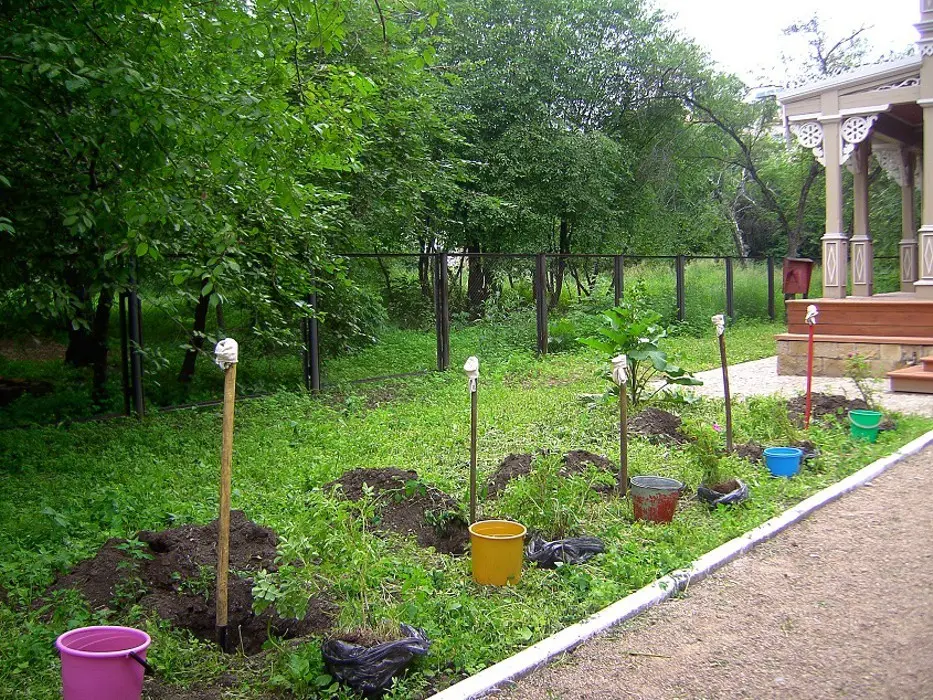 They do not like excessive humidity, and if it is not possible to plant bushes on a small hill or slope, the plants should be provided with good drainage.
They do not like excessive humidity, and if it is not possible to plant bushes on a small hill or slope, the plants should be provided with good drainage.